News //
As part of the ‘Eyes of a Naturalist’ Contest, a Scientific Illustration Workshop was held by the Museum on the Saturday morning of 22 July 2023!
Participants were first given new insight into the scientific illustration tradition over years of natural history, before picking up a few scientific illustration techniques themselves with some hands-on practice during the workshop.
Let’s take a closer look at what went down that day in this blogpost!
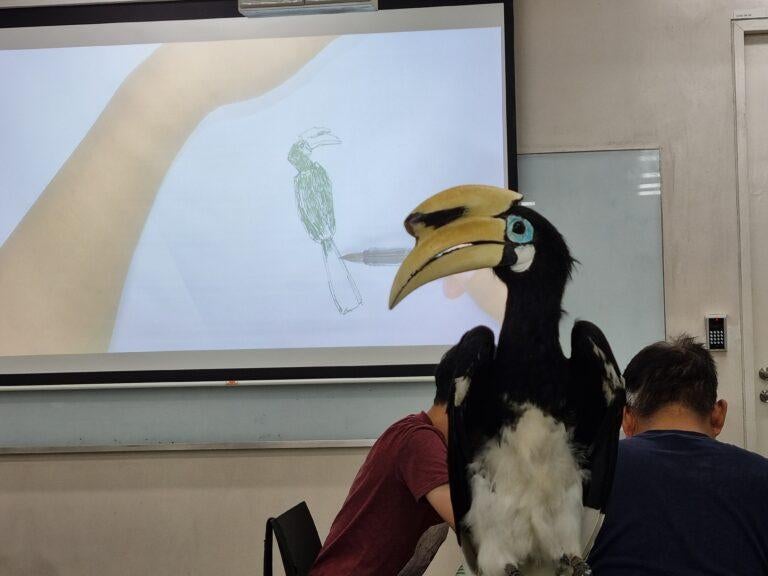
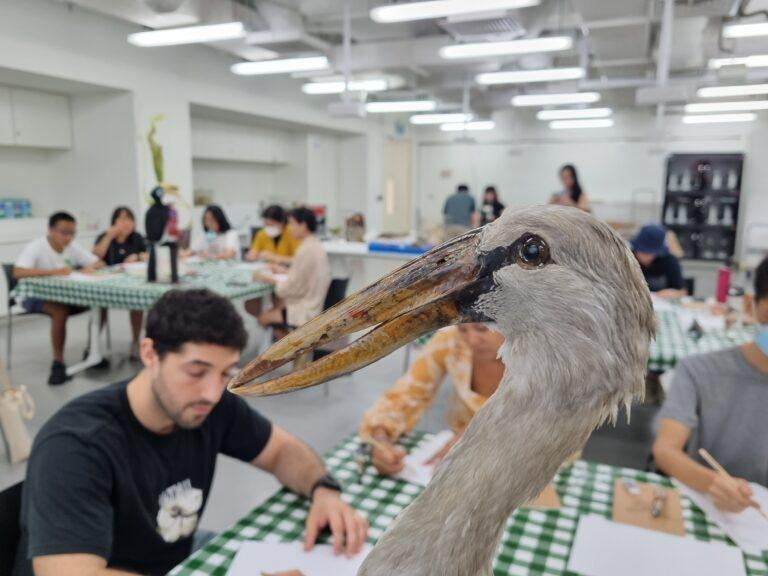
Learning about the history of natural history illustration
To kick off the session, our staff gave a presentation on the History of Natural History Illustration. Participants gained an understanding of this art form’s significance to scientific, educational and even commercial contexts.
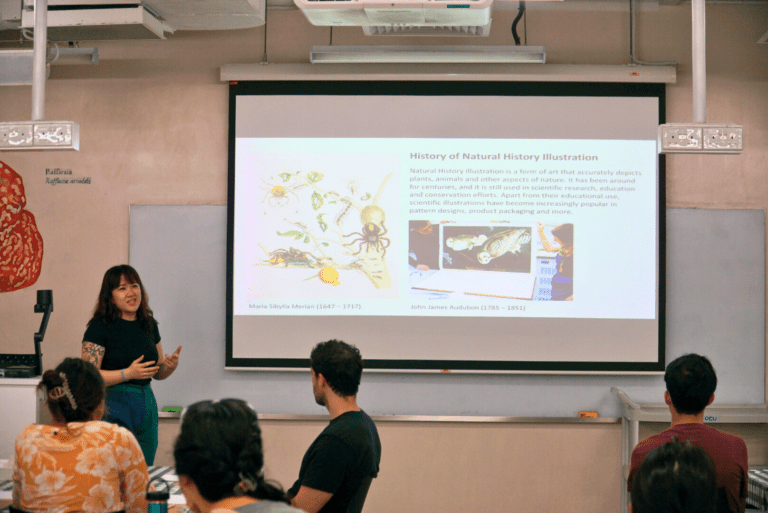
Understanding the importance of scientific illustration in modern science
Switching gears from natural history illustration to scientific illustration, participants were introduced to its fundamentals and importance in modern science, in comparison to photographs of the same specimens. Participants were also given a simple demonstration of illustrations using a stereomicroscope, as well as via the process of stippling.
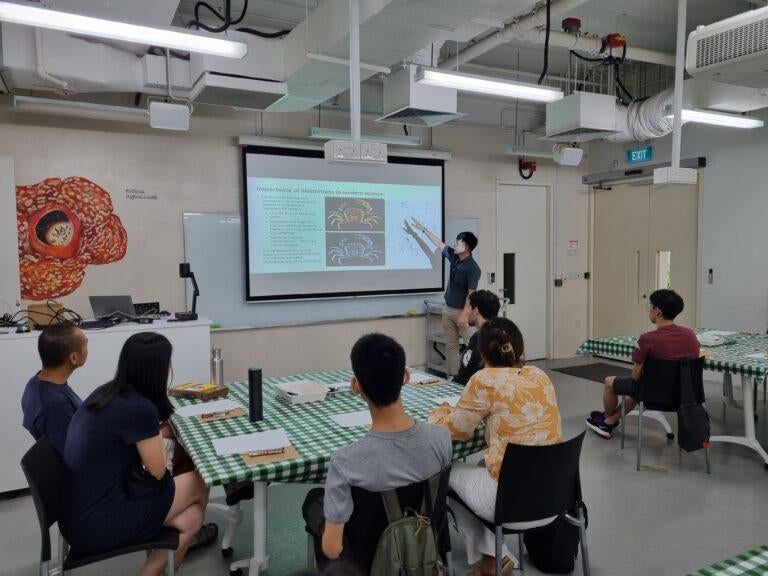
Time to sketch!
The workshop then proceeded to its Sketching 101 segment, which taught participants how to use shapes and utilise the measurements of shapes and negative spaces when sketching.
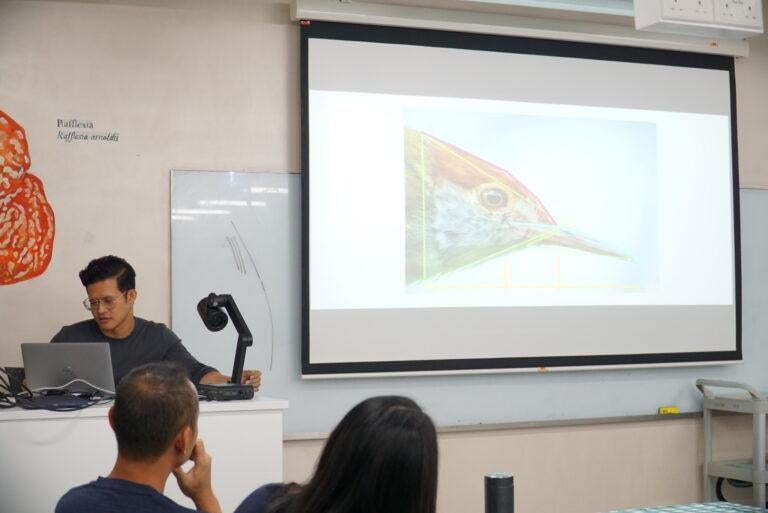
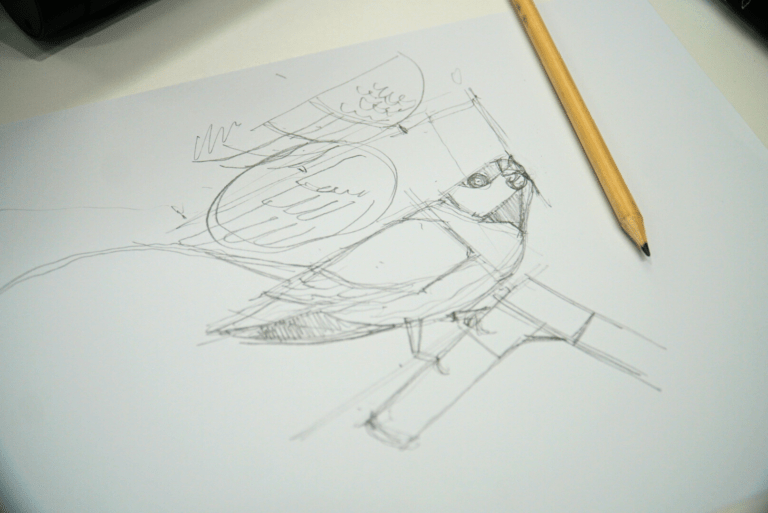
Mounted bird specimens were used for this hands-on sketching exercise, where participants got the chance to draw some bird specimens while applying the tips shared during the session.
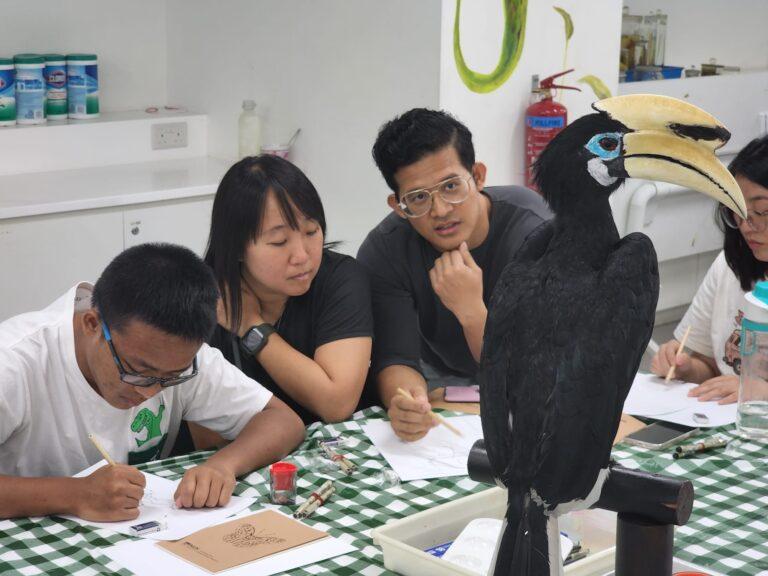
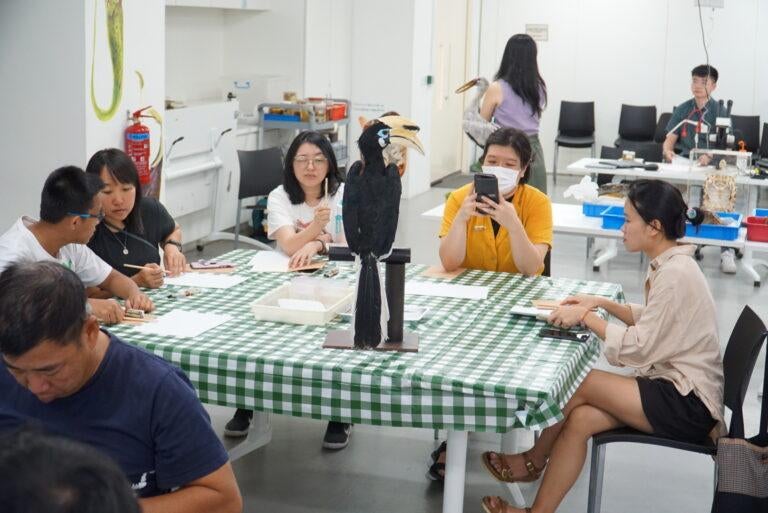
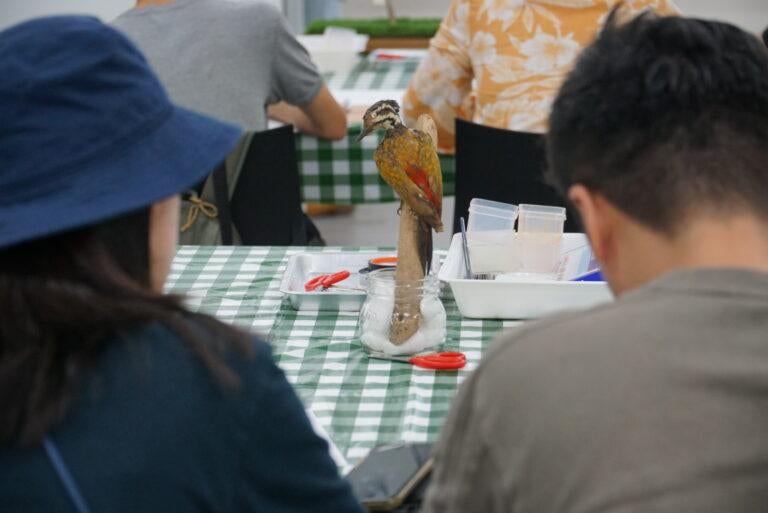
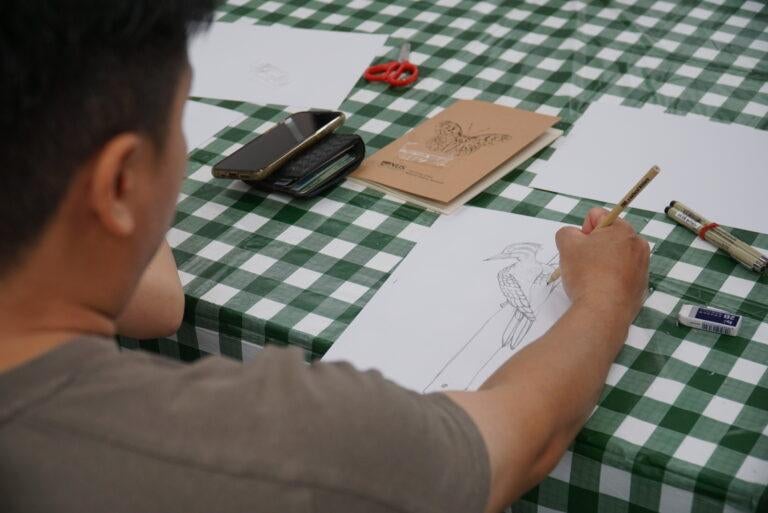
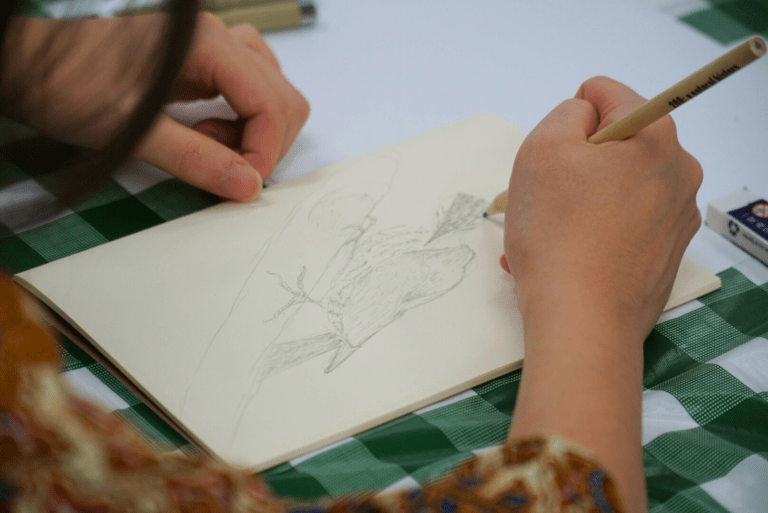
Adding a splash of colour—learning watercolour techniques
To apply the finishing touchesto their illustrations, participants were also treated to a lesson on watercolouring where they learnt about the values of colour and how to create gradients using them. As the instructor gave a live demonstration under the visualiser, participants got to practice using watercolour on their drawings as well.
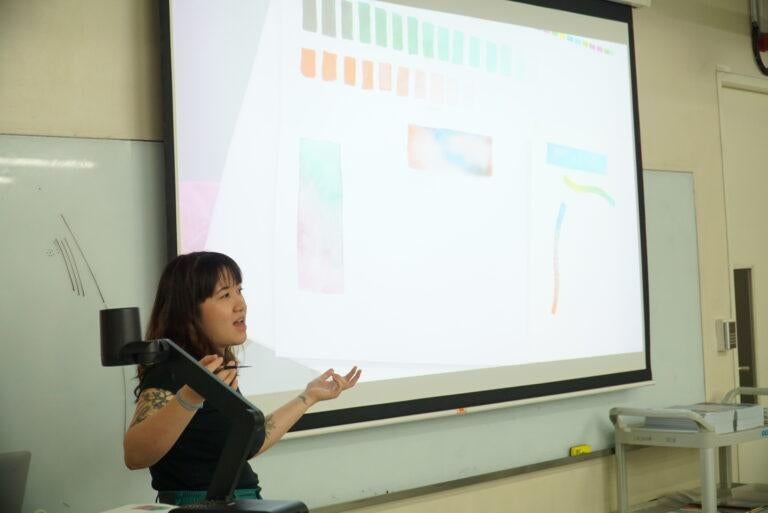
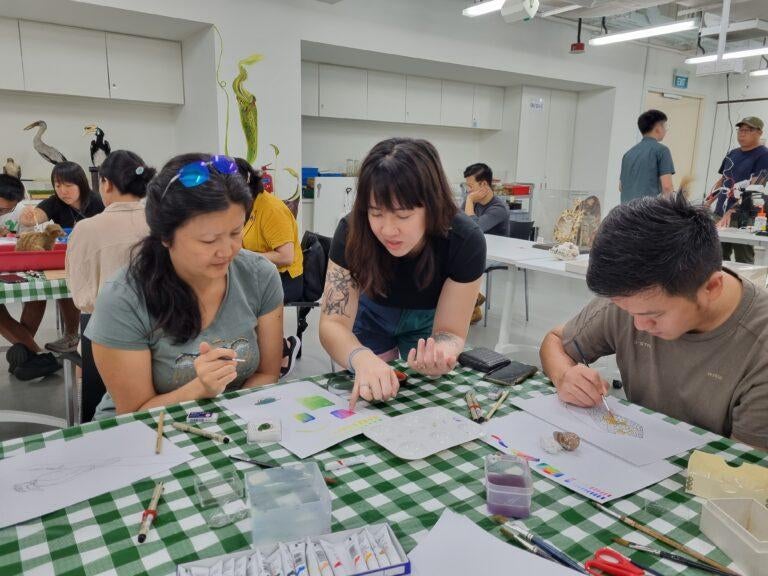
Putting their skills to the test!
Following the comprehensive introduction to both natural history and scientific illustration and the techniques of both, the time came for participants to fully apply their learning into the workshop’s practical session. Putting their newfound skills to the test, each participant tried their hand at drawing and watercolouring or stippling a specimen of their choice. During this time, our helpful instructors went around the room and gave advice to the workshop’s budding illustrators.
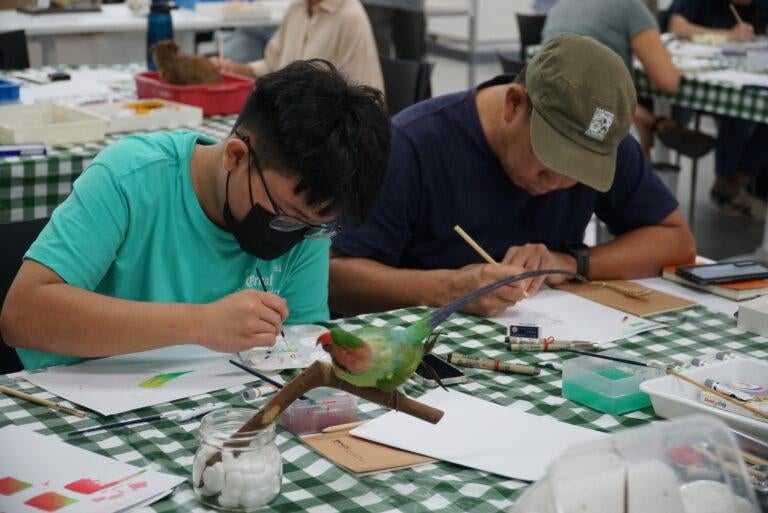
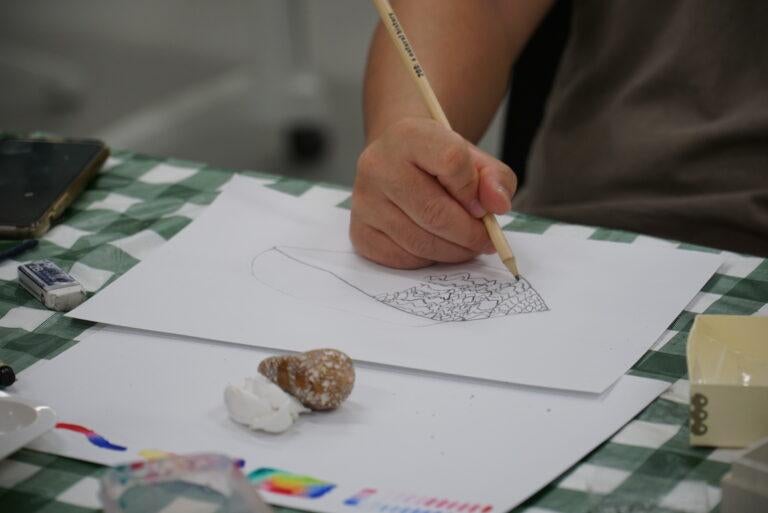
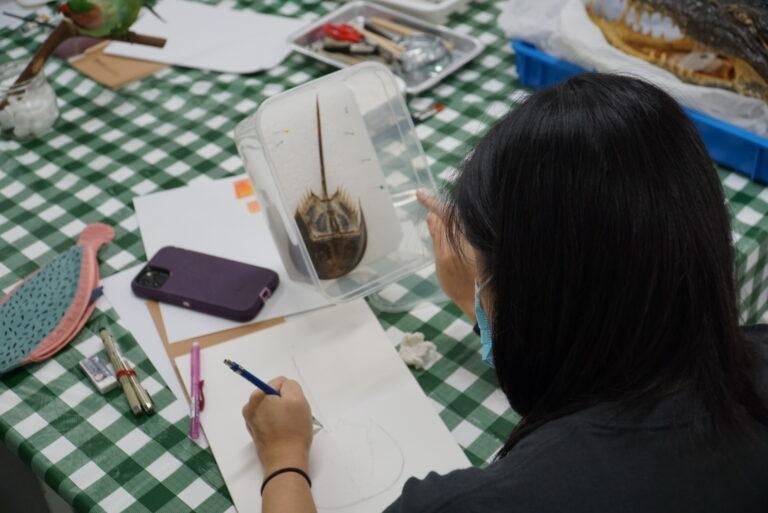
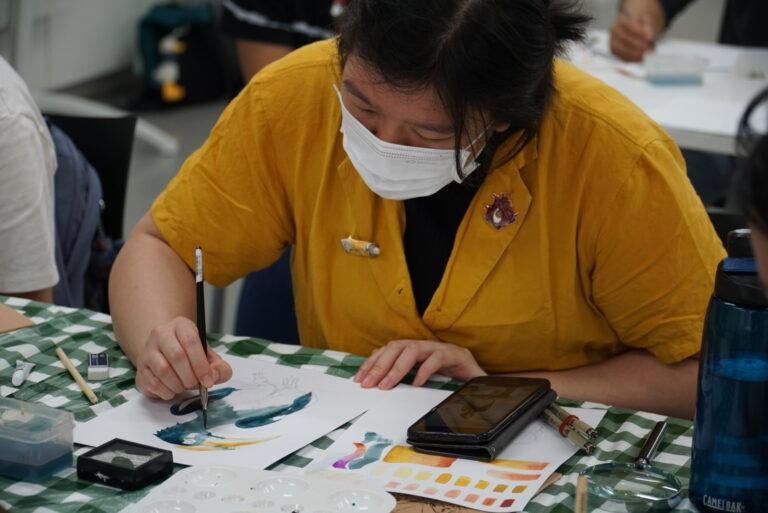
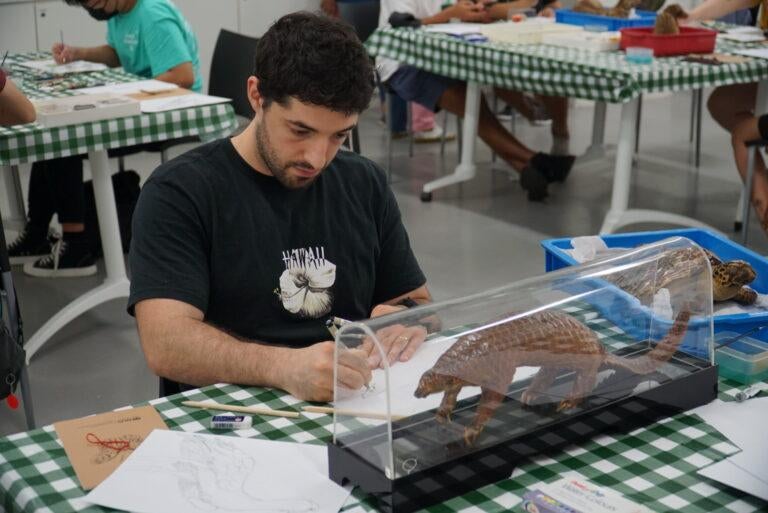
While the room was busy at work during the practical session, participantstook turns in their groups to observe a stereomicroscope with camera lucida demonstration. A camera lucida is a drawing tool that helps to facilitateaccurate sketching of objects. A few lucky attendees tried out their stippling while using the camera lucida, after a demonstration and explanation by the workshop instructor.
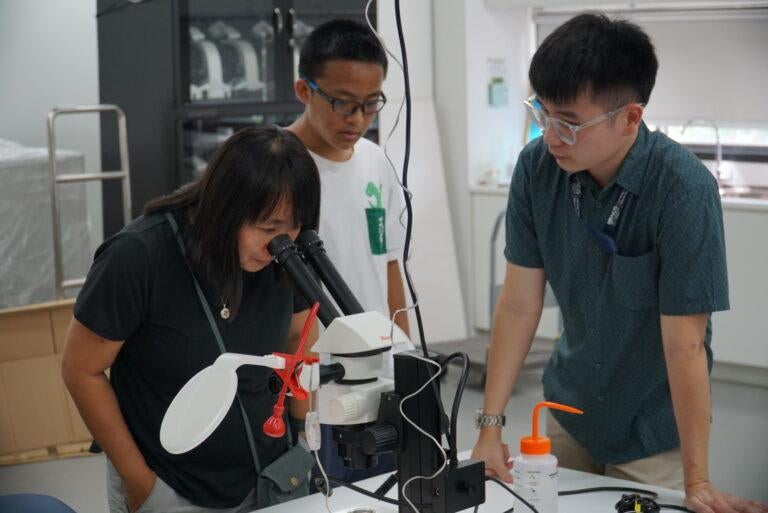
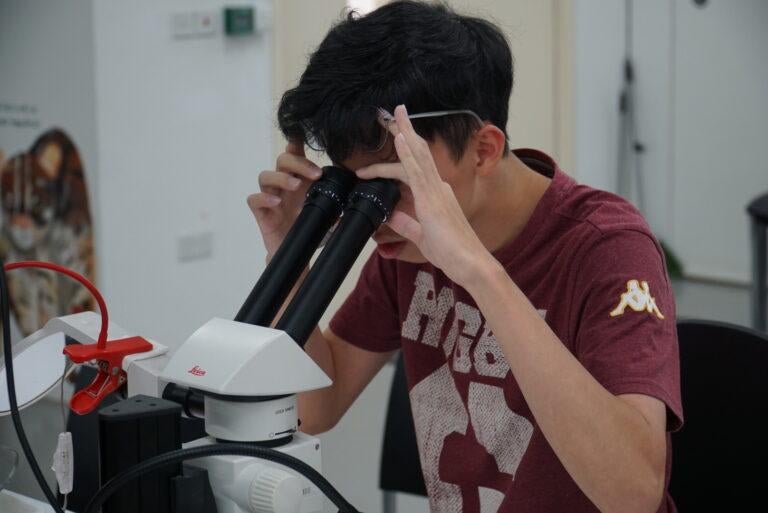
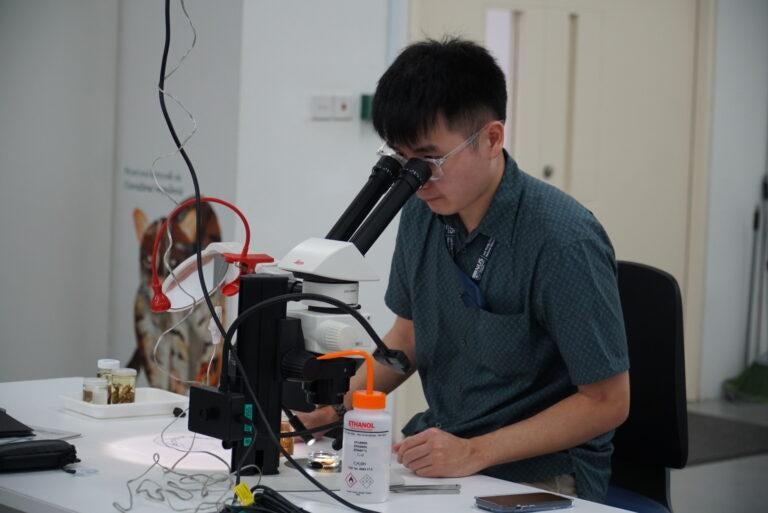
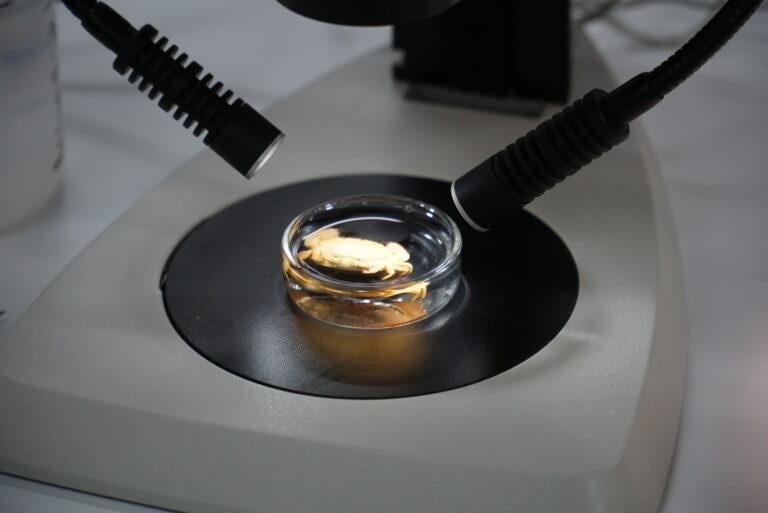
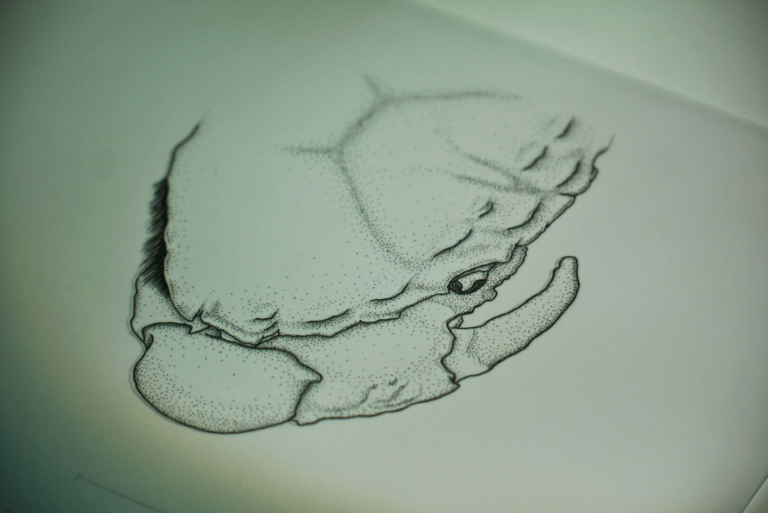
We thank all participants for joining us in this Scientific Illustration Workshop, and hope that they learnt something new about the art form.
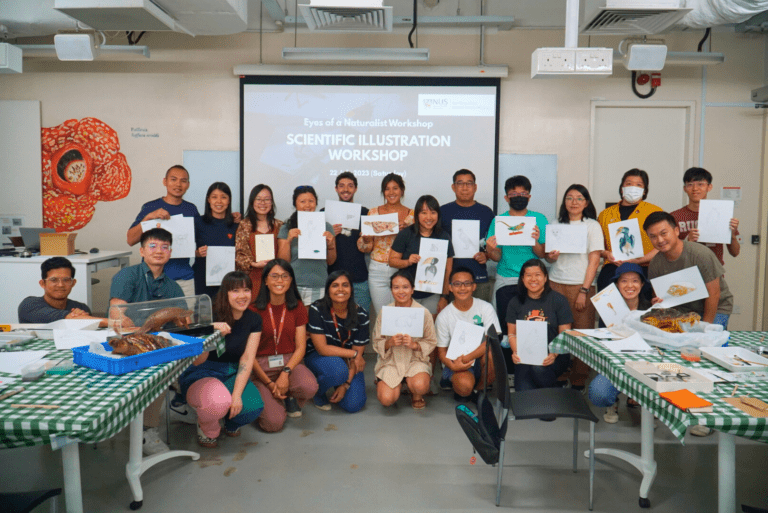
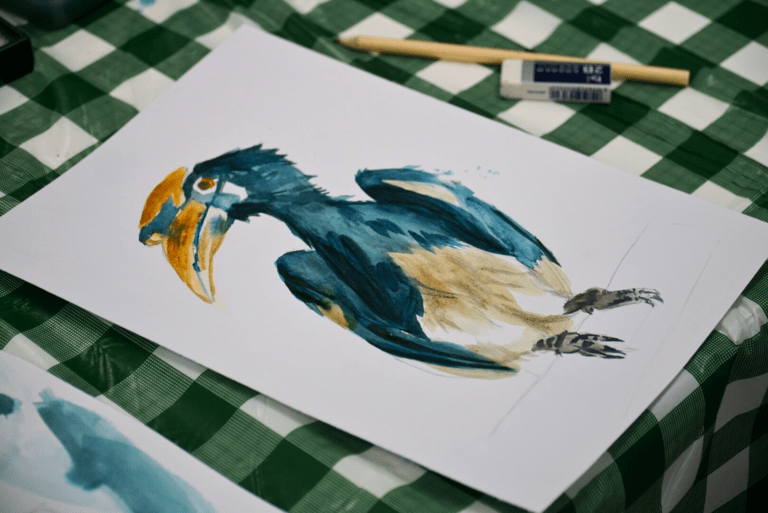
Curious about our ‘Eyes of a Naturalist’ competition, which includes both Photography and Illustration categories? Find out more about this competition by clicking here, or visit: https://tinyurl.com/LKCNHMContest